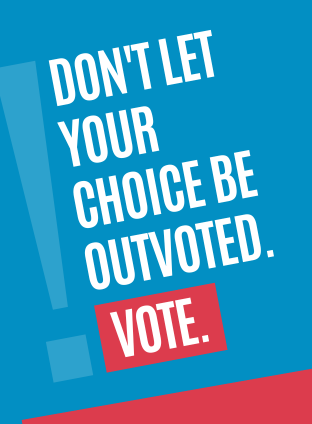As Wall Street and Main Street brace for the Federal Reserve’s anticipated interest rate cut, many consumers are hoping for a break on their borrowing costs. However, if you’re carrying credit card debt, you might want to temper your expectations. Here’s why a Fed rate cut won’t significantly reduce your credit card interest rates, and what you can do instead.
Understanding Fed Interest Rate Cuts
The Federal Reserve’s interest rate cuts are typically aimed at stimulating the economy. Lower rates can make mortgages, auto loans, and personal loans cheaper. But when it comes to credit cards, the impact is minimal.
- Current Scenario: The average credit card APR (Annual Percentage Rate) is a hefty 20.76%, according to Bankrate.
- High Rates on Retail Cards: Some retail credit cards have APRs as high as 31.99%.
Despite the Fed’s efforts to lower borrowing costs across various financial products, credit card rates are less responsive to these changes.
Why Credit Card Rates Aren’t Affected
Here’s the reality: the Fed’s rate cuts will have little to no impact on your credit card interest rates for several reasons:
- Lack of Direct Link: Credit card APRs are more influenced by factors like the credit card issuer’s policies and risk assessment rather than the Fed’s benchmark rates.
- High APRs: Even if the Fed cuts rates, credit card rates are already high. For instance, a 25-basis point rate cut might reduce your APR from 20.76% to 20.51%. That’s a mere $0.21 reduction in monthly finance charges on a $1,000 balance, as per Bankrate.
Example Breakdown: The Minimal Impact
Let’s break it down:
- Balance: $1,000
- Current APR: 20.76%
- New APR (after 25-basis point cut): 20.51%
- Monthly Finance Charge:
- Current: $17.30
- New: $17.09
- Minimum Payment: Likely remains unchanged.
The Fed’s interest rate cut will not make a substantial difference in your monthly payments or overall debt repayment.
Historical Context and Expert Opinions
Ted Rossman, Senior Industry Analyst at Bankrate, explains why the Fed’s actions won’t be a game-changer for credit card debt:
- Marginal Effect: “Don’t expect the Fed to ride to your rescue,” says Rossman. A small rate cut won’t significantly impact high credit card rates.
- Slow Adjustment: Rossman adds, “The Fed’s going to be much slower on the way down than they were on the way up,” indicating that any relief from lower rates will be gradual.
Greg McBride, Chief Financial Analyst at Bankrate, concurs, noting that even if credit card rates were to fall, the reduction would be minimal due to the already high APRs.
What You Can Do Instead
Rather than waiting for the Fed to reduce your credit card interest rates, consider these practical steps:
- Seek 0% Balance Transfer Cards: Look for cards that offer 0% APR on balance transfers for an introductory period. This can help you save on interest while paying down your debt.
- Cut Expenses: Review your budget and identify areas where you can reduce spending. Apply these savings toward your credit card balance.
- Increase Your Income: Explore side hustles or additional income streams to accelerate debt repayment.
Conclusion: A Call to Action
The Fed’s upcoming rate cuts are unlikely to provide substantial relief for those struggling with credit card debt. Instead of relying on these changes, take proactive steps to manage and reduce your debt. Seek out balance transfer offers, trim your expenses, and consider additional income sources.
Relevant Links:


